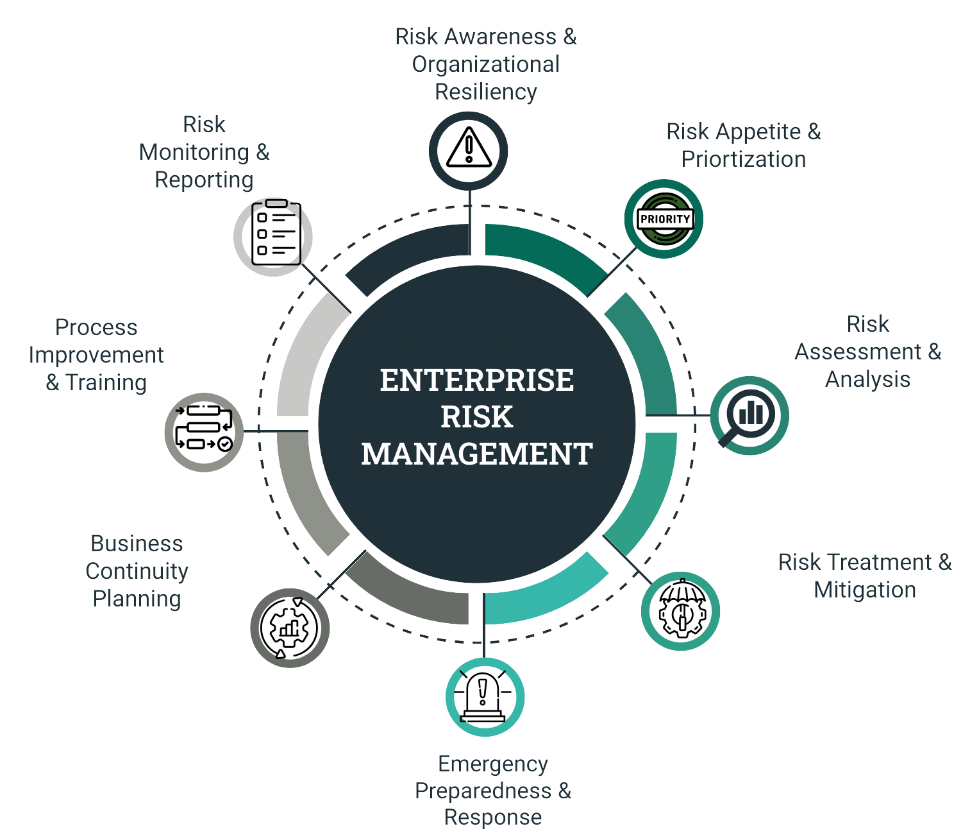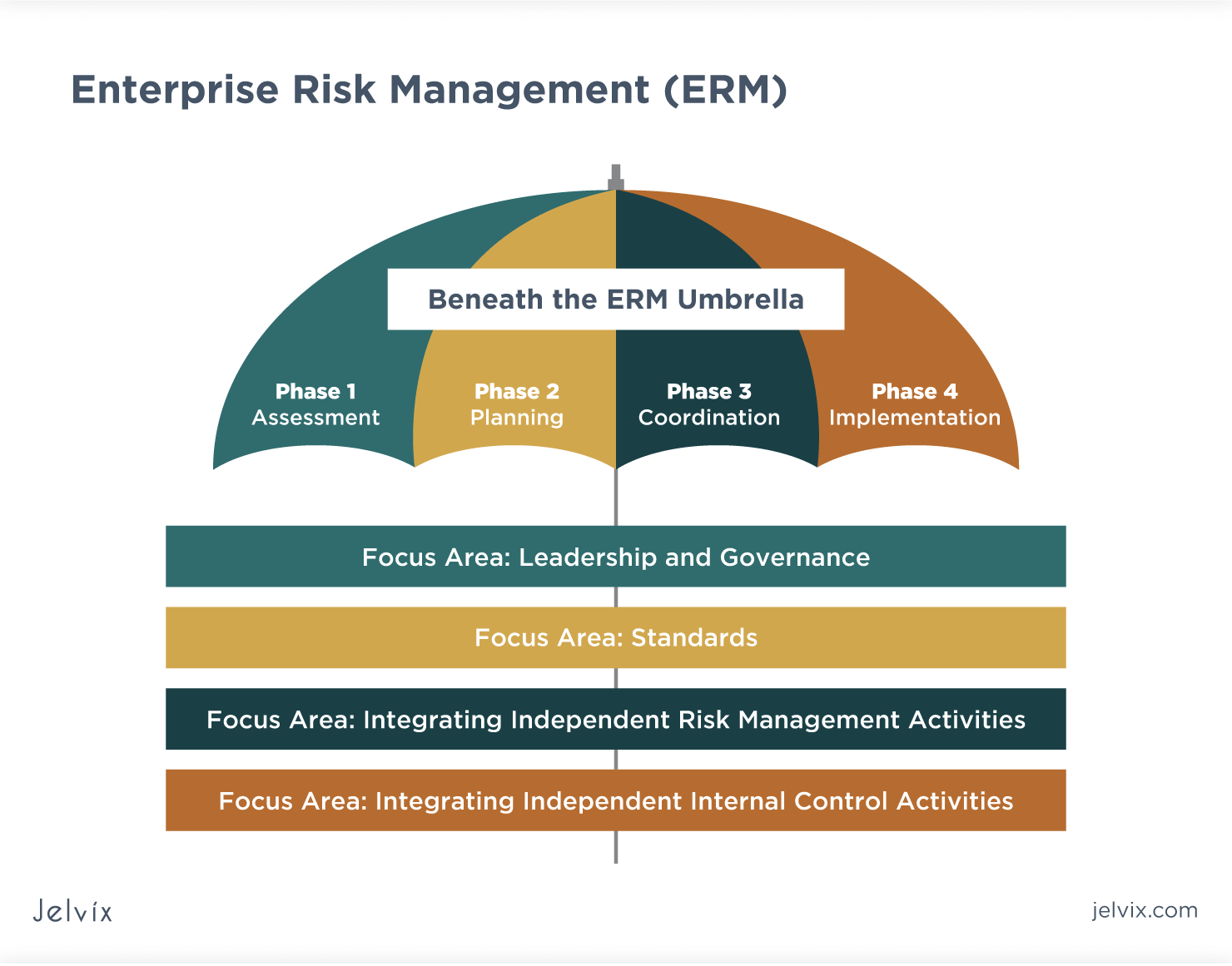Insider threats remain a key element in professional security development
Wiki Article
Discover the Duty of AI in Supporting Ethics and Honesty to Combat Insider Threats Efficiently
The integration of AI in business frameworks has actually become crucial in addressing insider threats. By employing innovative analytics and real-time monitoring, AI systems can determine deviations from ethical habits among employees (Insider threats). This positive method not only improves compliance but also fosters an atmosphere of count on. As business progressively rely upon these innovations, concerns arise concerning their performance and prospective effects for workplace society. What exists ahead in the development of AI's function in promoting integrity?Recognizing Expert Dangers and Their Influence on Organizations
Although companies frequently concentrate on exterior threats, insider threats present a considerable danger that can undermine safety and honesty. These hazards arise from people within the organization, such as specialists or staff members, that might misuse their access to sensitive info for individual gain or destructive intent. The effect of expert dangers can be severe, leading to monetary losses, reputational damage, and lawful ramifications.Factors adding to insider hazards include frustration with the work environment, lack of oversight, and poor worker training on security methods. Organizations commonly have a hard time to recognize these hazards, as they can be difficult to identify up until substantial damage has actually taken place. Prevention methods have to concentrate on fostering a culture of count on and accountability, alongside carrying out durable surveillance and reporting systems. By acknowledging and resolving the complexities of expert dangers, companies can enhance their protection pose and safeguard their useful properties from internal threats.
The Evolution of AI in Work Environment Protection
As companies significantly confront diverse protection difficulties, the integration of synthetic knowledge (AI) in work environment safety and security has actually advanced substantially. AI applications concentrated primarily on automating basic safety and security procedures, such as access control and monitoring. Nonetheless, developments in artificial intelligence and data analytics have actually changed AI right into an aggressive device with the ability of recognizing prospective hazards and susceptabilities in real-time.Organizations now leverage AI-driven systems to analyze substantial amounts of data, allowing them to find anomalous behavior that might suggest insider hazards. This development has led to the growth of innovative algorithms that can pick up from historical incidents, boosting the system's anticipating capacities. Additionally, AI devices are significantly utilized to improve case feedback processes, permitting security groups to act swiftly and efficiently.
How AI Monitors Worker Behavior for Ethical Conformity
Expert system plays a crucial function in checking worker actions to guarantee honest conformity within organizations. AI systems examine vast quantities of information produced by employees, consisting of communications, purchases, and accessibility to sensitive information. By utilizing advanced formulas, these systems can recognize inconsistencies from established honest criteria and business plans.Machine understanding models constantly adapt to recognize patterns of actions that could suggest ethical breaches, such as unauthorized information gain access to or uncommon purchase tasks. Insider threats. In enhancement, AI-driven devices can supply real-time notifies to administration, promoting prompt interventions when possible dangers are discovered
The integration of AI into compliance tracking not only boosts the company's capability to copyright stability however additionally fosters a culture of liability amongst employees. By promoting transparency, AI systems offer as a deterrent against dishonest habits, ensuring that staff members continue to be straightened with organizational values and moral criteria.
Evaluating Patterns: Determining Risky Actions With AI
An expanding number of organizations are leveraging AI to examine patterns that may suggest dangerous behavior among staff members. By utilizing advanced formulas, these systems can look via substantial amounts of data, determining anomalies in customer habits that might recommend possible expert risks. AI can detect uncommon accessibility patterns to sensitive information, such as employees accessing data outside their common scope of work or during irregular hours. Additionally, behavioral analytics can highlight regular adjustments in a staff member's communication style or partnership behaviors, which may represent underlying problems. This positive approach makes it possible for companies to determine risk aspects prior to they intensify into significant dangers. The integration of AI into keeping track of practices not only improves protection however also cultivates a culture of accountability and honest behavior. By determining these patterns, organizations can better recognize the behavioral dynamics within their workforce, ultimately promoting a more secure and extra honest job environment.
Real-Time Insights: Immediate Responses to Possible Hazards
Real-time insights via predictive analytics and automated sharp systems play an essential duty in attending to potential hazards to principles and integrity. By leveraging these innovations, companies can prepare for dangerous habits and respond immediately to alleviate dangers. This aggressive method enhances accountability and fosters a culture of stability in numerous environments.Predictive Analytics Applications

Automated Alert Solutions
Predictive analytics gives a foundation for organizations to enhance their responsiveness to honest worries via automated alert systems. These systems use real-time information to keep track of activities, detecting anomalies that might indicate potential insider threats. By leveraging artificial intelligence formulas, automated informs can identify patterns of habits that differ developed norms, enabling for swift treatment. This immediacy is necessary in mitigating dangers connected with unethical methods. Moreover, automated alert systems can improve interaction amongst appropriate stakeholders, making sure that potential hazards are dealt with promptly and efficiently. As organizations increasingly depend on AI-driven options, the combination of automated alert systems will play a crucial function in promoting a society of ethics and stability, inevitably safeguarding organizational possessions.Cultivating a Culture of Count On With AI-Driven Openness
AI-driven openness can significantly boost trust fund within organizations by promoting accountability and open interaction. With real-time surveillance remedies, stakeholders can gain insights into processes and decision-making, fostering a culture of stability. Data-driven decision-making additionally sustains this transparency, allowing notified selections that straighten with honest criteria.Enhancing Openness and Liability
Just advice how can organizations properly cultivate a society of depend on? By boosting openness and accountability through the strategic use expert system. AI can aid companies methodically track decision-making procedures, making certain that activities line up with well established honest requirements. This transparency allows employees to see the reasoning behind decisions and plans, lowering obscurity and promoting a sense of justness. In addition, AI-driven devices can help with clear communication regarding responsibilities and assumptions, encouraging individuals to take ownership of their activities. As responsibility becomes embedded in the organizational culture, staff members are most likely to take part in moral habits, knowing their activities are kept an eye on and evaluated. Inevitably, this technique cultivates a setting where count on can prosper, considerably reducing the threat of expert threats.Real-Time Surveillance Solutions
As organizations significantly seek to cultivate a culture of trust fund, real-time tracking remedies emerge as a crucial tool in improving transparency. These AI-driven systems constantly track activities, offering understandings right into individual actions and prospective abnormalities that may suggest expert risks. By applying such monitoring options, organizations can proactively determine threats, ensuring timely feedbacks to suspicious tasks. This not just safeguards sensitive information however additionally strengthens a dedication to moral practices. Additionally, the clear nature of real-time monitoring helps develop staff member self-confidence, as individuals know that their activities are being observed for the greater good. Inevitably, these remedies offer to cultivate a workplace environment grounded in trust, responsibility, and honest honesty, important for alleviating expert risks effectively.
Data-Driven Choice Making
Real-time monitoring services lay the foundation for data-driven decision making, which considerably improves organizational transparency. By leveraging AI innovations, organizations can examine huge quantities of information to determine patterns and anomalies indicative of potential expert hazards. This logical technique allows stakeholders to make educated decisions grounded in empirical proof, promoting a culture of count on among staff members. Openness in decision-making processes, reinforced by AI-driven insights, urges liability and honest behavior. In addition, it permits organizations to proactively address susceptabilities, making sure that actions taken are justified and connected clearly. Consequently, the execution of data-driven methods not just mitigates threats connected with insider hazards however also enhances the worths of integrity and moral conduct within the organizational structure.Future Patterns: The Role of AI in Enhancing Work Environment Ethics
While organizations significantly turn to fabricated intelligence for functional effectiveness, the potential of AI to improve workplace values is gaining prominence. Future trends suggest that AI will certainly play an important function in creating ethical structures you could try this out and guidelines, allowing organizations to browse complicated ethical problems. By examining large quantities of data, AI can determine patterns of underhanded habits and give insights that promote openness and accountability.In addition, AI-driven tools can assist in real-time monitoring of worker communications, guaranteeing adherence to honest criteria. This proactive technique not just mitigates insider risks however likewise grows a society of honesty. As organizations embrace AI innovations, they need to additionally focus on moral programming and algorithmic predisposition reduction to ensure justness.
In this progressing landscape, the assimilation of AI in moral practices represents a transformative change, fostering an environment where integrity is not merely expected however methodically strengthened.
Regularly Asked Concerns
Just How Does AI Differentiate Between Benign and Malicious Actions?
AI distinguishes between benign and harmful actions by evaluating patterns in individual habits, employing artificial intelligence algorithms to identify anomalies, and evaluating contextual information to establish whether activities line up with well established norms or exhibit potential hazards.Can AI Devices Replace Person Judgment in Honest Decision-Making?
AI tools can not fully change human judgment in honest decision-making. While they can evaluate data and recognize patterns, the nuanced understanding of context, worths, and moral implications still calls for human understanding and discernment.What Are the Privacy Implications of AI Monitoring Staff Member Habits?

Exactly How Can Organizations Make Sure AI Algorithms Are Fairly Designed?
Organizations can guarantee AI formulas are fairly developed by implementing clear development processes, involving diverse stakeholders, carrying out normal audits, and adhering to recognized moral structures that focus on justness, liability, and respect for user personal privacy and legal rights.What Training Is Required for Personnel to Understand Ai's Moral Function?
Staff training need to include foundational AI values, data personal privacy, and prejudice understanding. Workshops, case researches, and interactive sessions can improve understanding, ensuring staff members recognize AI's moral implications and its duty in fostering honesty within the organization.
Man-made intelligence plays a crucial function in checking worker actions to guarantee honest conformity within organizations. The assimilation of AI right into keeping track of techniques not just enhances safety yet also promotes a society of accountability and honest actions. While organizations progressively encounter moral problems and prospective honesty breaches, predictive analytics applications use prompt understandings that can help alleviate these threats. Anticipating analytics provides a foundation for organizations to improve their responsiveness to ethical problems via automated alert systems. Future fads indicate that AI will play a necessary duty in creating moral frameworks and guidelines, enabling companies to browse intricate ethical dilemmas.
Report this wiki page